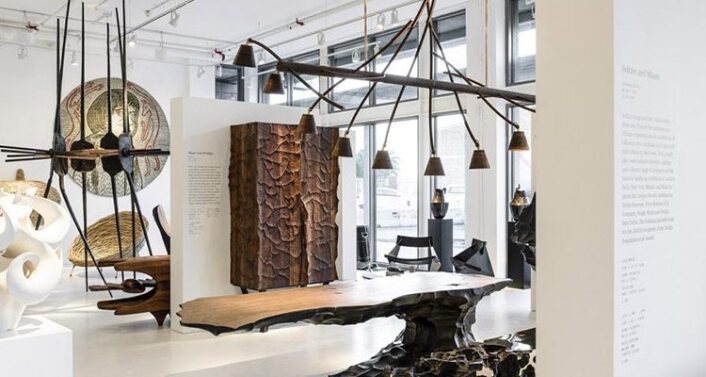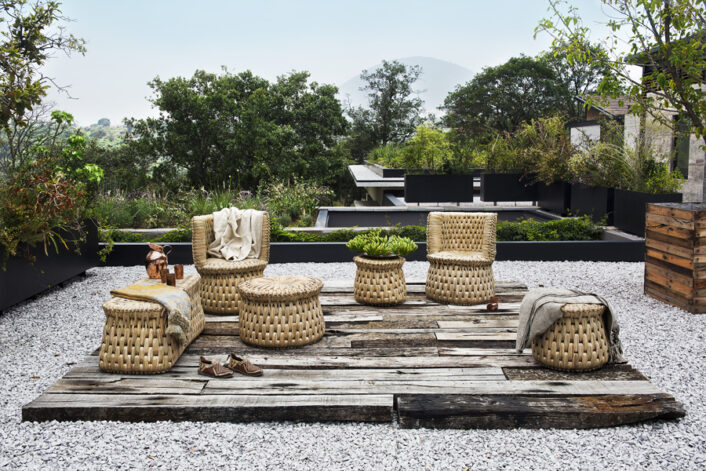Design
Les Ateliers Courbet
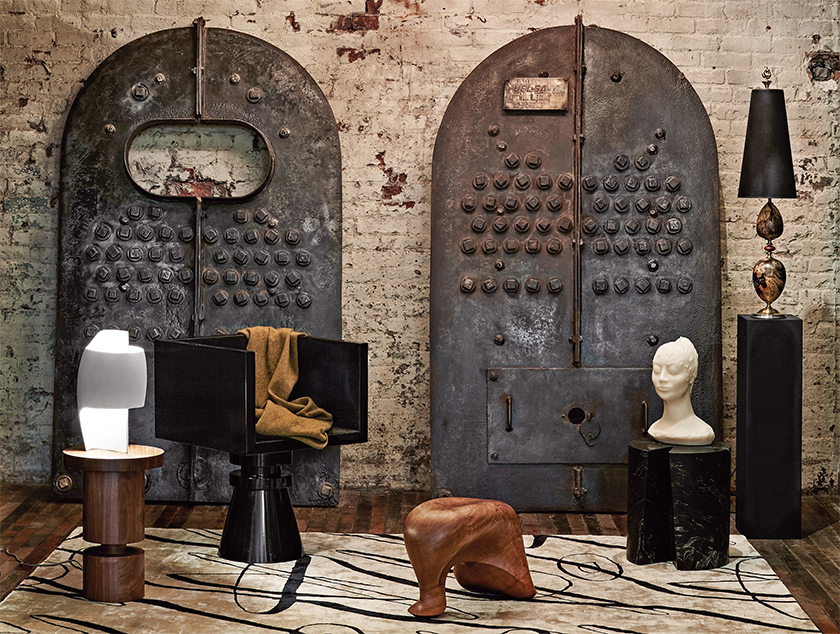
The New York City atelier presents work by Michael Amar, Thierry Dreyfus, Oyuna, and Aldo Bakker.
Image courtesy of: Galerie Magazine
The contemporary-design gallery Les Ateliers Courbet was founded by Melanie Courbet, a French-born, Manhattan-based gallerist. Focusing on 21st-century pieces, Courbet describes her philosophy regarding her gallery (courtesy of Galerie Magazine), “I wanted to underscore the timeless value of pieces that are crafted by hand through techniques that represent centuries’ worth of heritage and know-how.”
The gallerist never intended to open a gallery; she credits her upbringing and her lifelong interest in design, architecture, and art. Courbet studied sociology and anthropology in college, while also taking art history classes in Paris through the Musee du Louvre and the Ecole des Beaux-Arts’ programs. Her first job was as an independent art consultant and curator; she also started an art foundation and successfully coordinated exhibits for some of the top art houses in both the United States and Europe.
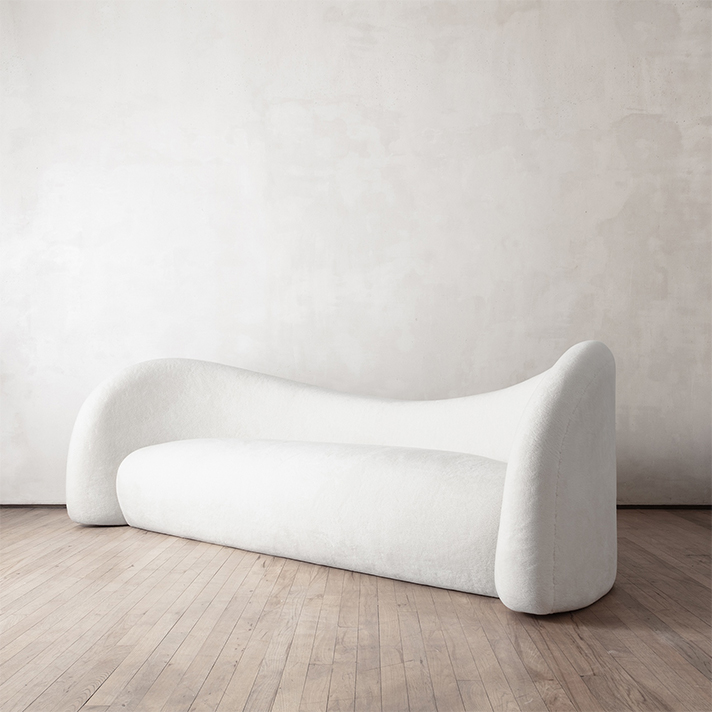
Moon Sofa was designed by Raphael Navot and manufactured by Domeau and Peres.
The central back support is structured as a seat, while the curves mimic organic shapes which are meant to allow for different, comfortable positions.
Image courtesy of: Les Ateliers Courtbet
One thing led to another and before too long, Courbet was offered a position of managing special projects and communications for Studio Dror in New York City. Living in the high-energy city brought on new aspirations. Luckily, the circuitous path that lead Courbet to opening her own gallery did not mean abandoning her vision of supporting the longstanding collaborations between designers, artists, and master craftsmen.
The first solo show curated by Courbet coincided with the atelier’s official opening. The exhibition included collaborations between Bruno Domeau, a master saddler, Philippe Peres, an upholsterer, and a number of contemporary designers. Eight years ago, Courbet says she was rather clueless. As she herself said, “When I began the gallery, I didn’t really now what I was doing, but I was thrilled to share my fascination for the ongoing cultural heritage, the artistic legacy and the ethos embodied in the work of the rarefied master craftsmen of the world.”
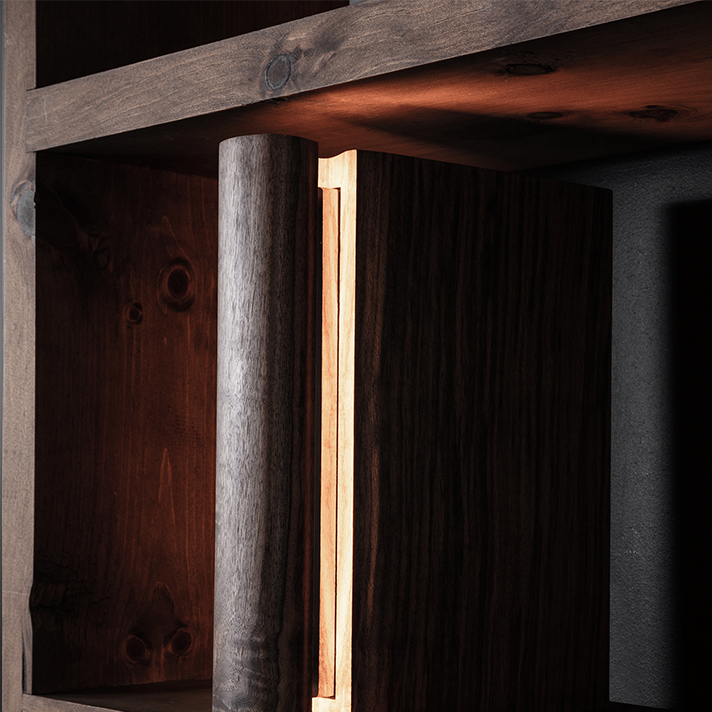
Book Lamp was designed by Thierry Dreyfus.
The lamp lights up the books’ spines; especially when placed vertically on a shelf similar to how a book would be displayed. The lamp’s spine holds an LED light source and “plays with” the reflective surface providing an illusion.
Image courtesy of: Les Ateliers Courtbet
The initial show was helmed as a success and the items sold out quickly. Since that time, Courbet has filled the gallery with shows that feature carefully curated selections of items from all facets. The designer is careful to fill her space with items that she personally finds inspirational.
Currently, the gallery is displaying works from more than fifty different types of traditional craft from around the world. However as much as Courbet loves the items, she is just as passionate about the artists themselves. She says, “I find their humility as inspiring as their work. I was delighted to give them a platform where their artisanal dexterity, their dedication and the rich legacies that they carry on could be highlighted.”
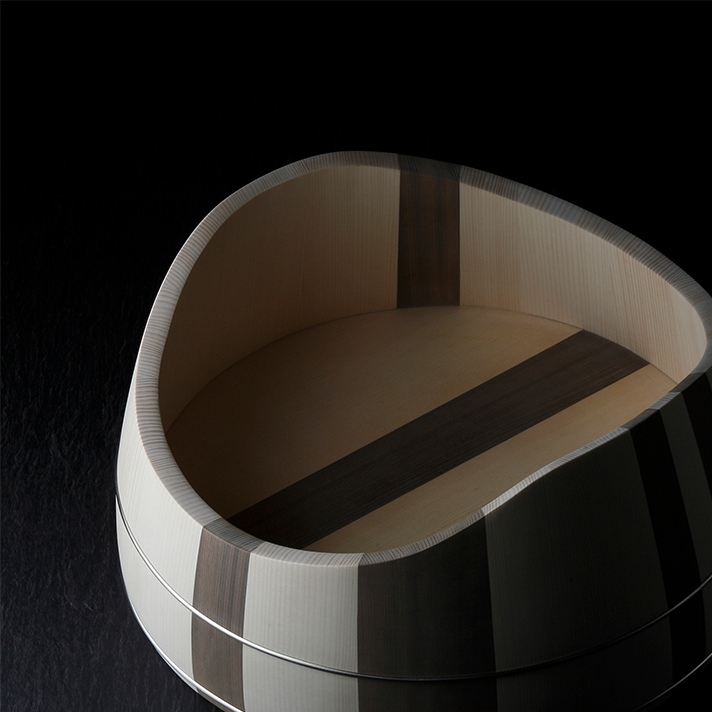
Dune Ombre Bowl was designed by Shigeo Mashiro.
Woodcrafting traditions are found in the Kyoto region of Japan where the techniques are passed down from father to son. Nakagawa Mokkougei’s studio is widely recognized for its modern-day interpretation of the “Ki-Oke,” the Japanese wooden bucket. There is evidence to suggest that these techniques were used seven hundred years ago during the Muromachi era. During the Edo period, households used these beautiful buckets to store rice and miso, as well as for bathing rituals. Still today, these works-of-art can be found in many Japanese households serving a wide number of purposes. The young Nakagawa runs the family workshop alongside his father, Kiyotsugu Nakagawa. Considered one of the country’s National Living Treasures, the elder was bestowed the title of “Master” by the Emperor of Japan.
Image courtesy of: Les Ateliers Courbert
Courbet’s unique curatorial program is intended to honor the ongoing craftsmanship heritage and time-honored techniques as carried on by contemporary artisans through a variety of collaborations. Whether it is working with glassblowers, porcelain makers, or woodcrafters, the result is the same… embracing a vision.
One specific traditional technique that the designer is inspired by is many centuries old. Called Urushi lacquering, this Chinese process involves layering fermented tree sap. In Japan however, artisans have developed their own version of this technique and the Urushi work is one of the most desired around the world. Since each layer must dry for weeks prior to another layer being added to it, this is an extremely time-consuming process… it is not uncommon to see a Urushi work with more than sixty layers.
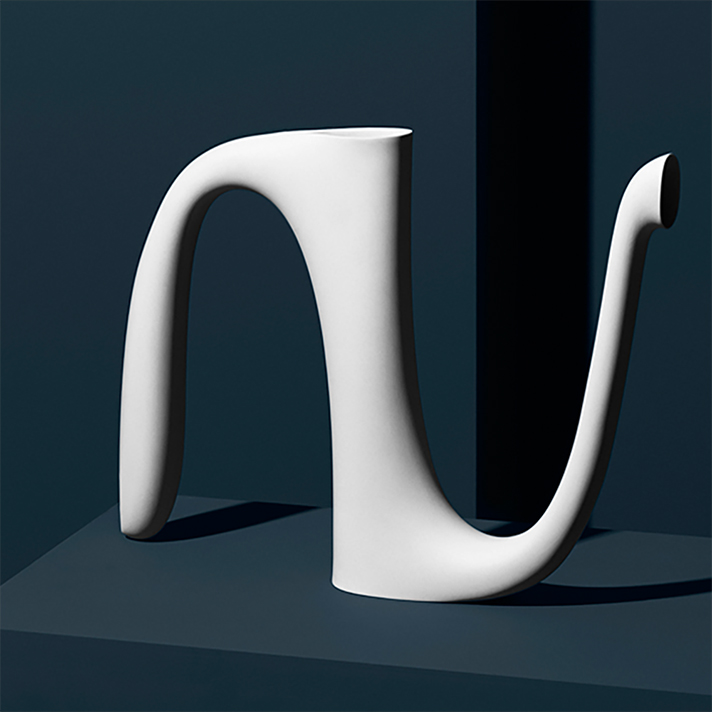
Designed by Ando Bakker, this collaboration with Manufacture de Sèvres resulted in six porcelain objects. The elegant lines were created by using traditional manufacturing techniques in innovative ways to create new shapes and improve upon existing forms. From editions of 25, each item comes in a choice of three colors: blue, pink, and green.
Image courtesy of: Les Ateliers Courbert
Most certainly, the gallerist says it best, “I established the gallery in 2013 to fill a void. I’ve always been inspired by the master craftsman culture prevalent in my native France but felt that its story wasn’t being told in the U.S. context. I was particularly interested in exploring how artisans dialogue with designers and wanted to create a platform that would give these legacy manufacturers a chance to share their narratives. As the gallery evolved, I was able to initiate my own collaborations and design projects. The blessing in this approach is convincing heritage producers to push the envelope and try new things. I’ve built these relationships up to the point where they trust my opinion and are willing to take risks with me.”
This past year, Courbet fulfilled another lifelong dream- her own personal product development. Editions Courbet will take advantage of established relationships to connect designers and manufacturers. Under Courbet’s tutelage a twice-yearly in-house design collection will be developed. We are waiting with bated breath!
